Urban Neighborhoods
Charlotte Area CommunitiesDilworth
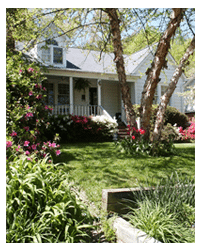
Since its inception in the 1890’s, Dilworth has been one of Charlotte’s most distinct neighborhoods. Developed as the city’s first suburb, Dilworth was connected to downtown by Charlotte’s first electric streetcar. The success of the initial development of Dilworth led its creator, Edward Dilworth Latta, to expand the neighborhood in the 1910’s, under a plan by the Olmstead Brothers, then the nation’s preeminent landscape designers.
Although their plan was never fully implemented, the Olmstead’s curved roads and dramatic landscaping set the tone for much of Charlotte’s future character. In 1987, Dilworth was listed on the National Register of Historic Places.
Click Here to view more information on Dilworth.
Eastover
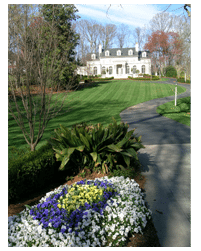
Started in 1927 by Charlotte’s E.C. Griffith Company, and the first suburb in Charlotte with driveways for “motorcars”, Eastover is considered to be one of Charlotte’s finest historic neighborhoods. Eastover is home to The Mint Museum of Art, Eastover Park, and one of Charlotte’s oldest Elementary Schools, Eastover Academy.
Located just southeast of Uptown Charlotte, Eastover is a must see for any out-of-town visitor. Public parks, basketball and tennis courts, local shops and restaurants are all within walking distance.
Click Here to view more information on Eastover.
Myers Park

George Stephens developed a plan for a streetcar suburb on his father-in-law’s (John Spring Myers) farm in 1905. The neighborhood was designed by the Harvard-trained landscape architect, John Nolen, and work was underway by 1911.
Myers Park is distinguished for its winding tree-lined streets, large historic homes and architectural variety. Due to its landscaped beauty, it is one of the most-visited parts of Charlotte.
For those short on time, a simple drive through the neighborhood is worthwhile in order to view the large, historic mansions along the main streets.
Click Here to view more information on Myers Park.
NoDa (North Davidson)
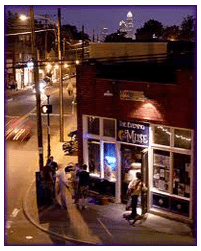
A segment of North Davidson Street approximately two miles from Uptown, NoDa is a National Register Historic District in recognition of the part the area’s mills played in textile history. The last mill shut down in the 1970s, and the area began attracting artists who envisioned and created an arts community. NoDa is now home to a variety of funky galleries, restaurants, live music venues and housing options.
Click Here to view more information on NoDa.
Plaza Midwood
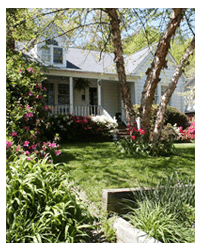
Developed in the 1910’s and 1920’s, Plaza-Midwood is the product of several different developments undertaken by various interests. These early small neighborhoods grew together over the years to become today’s Plaza-Midwood.
Fluctuating economic conditions during the area’s growth and the differing visions of the many developers involved came together to create the most eclectic of Charlotte’s local historic districts. The Plaza-Midwood Local Historic District came about as a result of efforts of neighborhood residents, and its designation created the model for the designation process today.
Click Here to view more information on Plaza-Midwood.
Historic South End
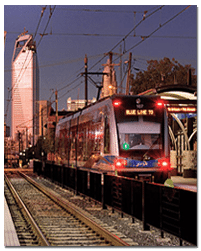
Historic South End began to flourish in the 1850’s when the first railroad line came to Charlotte, connecting the Queen City to Columbia and Charleston, SC. Over the years a thriving manufacturing community sprang up along the tracks, centered on the burgeoning textile industry. The area declined during the 1970s and 80s, only to be revived in the 1990s as restaurants, shops, and design-related industries discovered the beauty and versatility of the old mills and warehouses. Today, Historic South End has earned a reputation as an area that once again is a corridor for creativity, innovation and unmatched design talent in the Charlotte-Metro Region.
Click Here to view more information on South End.
Wesley Heights
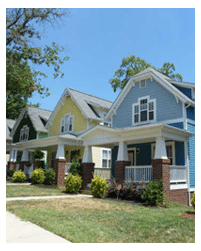
Charlotte’s only Local Historic District located on the Westside, Wesley Heights retains an amazing degree of its original character.
The neighborhood was developed primarily in the 1920’s, and involved some of the same interests responsible for the creation of Elizabeth. Wesley Heights has survived some dramatic changes in its history, and yet still appears much like it did when it was served by Charlotte’s streetcar system. The neighborhood’s Bungalow style homes and tree canopied streets compliment the involvement of Wesley Height’s residents, whose efforts led to the listing of the area on the National Register of Historic Places in 1994.
Click Here to view more information on Wesley Heights.
